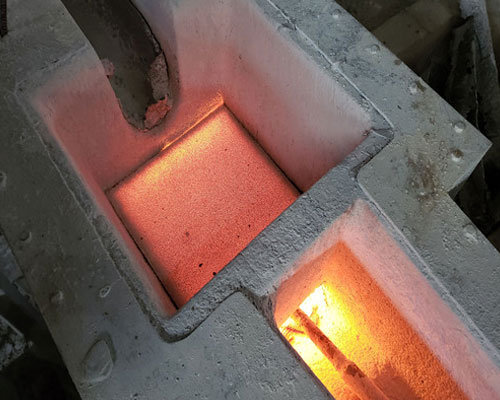Foam ceramic filters are more effective tools to remove inclusions from molten metal.
The presence of solid particles such as oxides, carbides, nitrides, and borax compounds in metals (such as aluminum) and liquid insoluble inclusions such as molten salts can be significant Affect the plastic deformation during rolling or extrusion and the surface quality of the final metal.
The purpose of the molten metal foam ceramic filters is to remove a large amount of such inclusions from the molten aluminum. Nowadays, ceramic foam filter technology has become the main and preferred method for filtering commercial aluminum alloys all over the world. Due to its low installation and operating costs and ease of use, the technology quickly expanded to aluminum casting workshops of various types and levels of complexity.

Over the years, it has been steadily developing towards the use of fine-pored ceramic foam filters to provide higher melt cleanliness, which is a requirement for continuously increasing quality requirements for aluminum processed products. For example, in the application of aluminum can body panels, 40 and 50 holes per inch (PPI) foam filters are now commonly used in the production of slabs. In addition, the finer pore filters are currently being evaluated. However, the use of significantly finer pore filters requires a lot of pretreatment to reduce the level of inclusions in order to prevent the filter from clogging prematurely or being blocked by residual inclusions.
A filtering device is used for removing inclusions from molten metal. The device includes a vessel with a molten metal input and a molten metal output. A molten metal flow path is provided between the input and output. The first porous ceramic filter is located in the flow path. The second porous ceramic filter is also located in the flow path between the first filter and the output. The porosity of the first filter is between 20 PPI and 60 PPI. The porosity of the second filter is between 40 PPI and 100 PPI. The porosity of the second filter is smaller than the porosity of the first filter. Preferably, the second filter is at least 10 PPI thinner than the first filter. The first filter is located above the second filter, and each filter is inclined at a certain angle with respect to the horizontal, so that the air trapped under any filter can be removed more easily.

